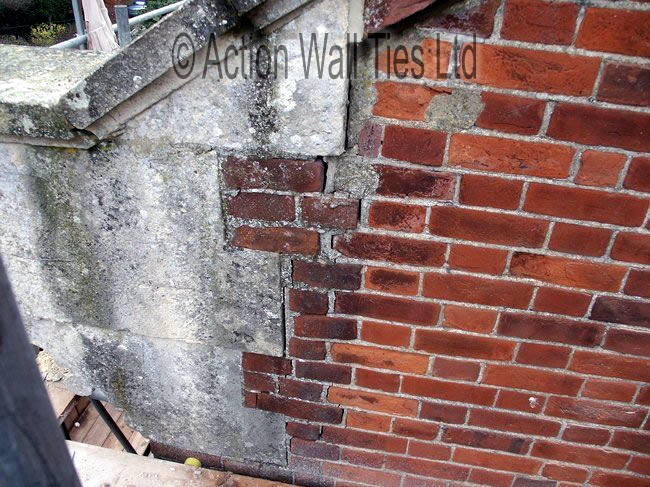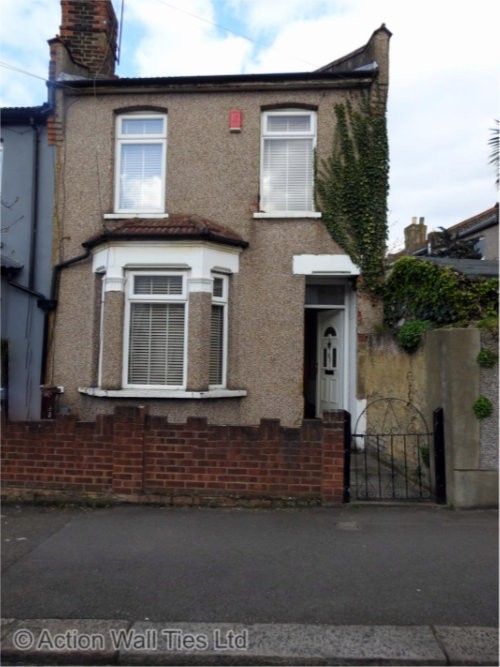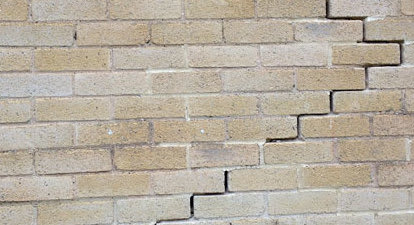A bowed wall can occur to a new or old structure and for a variety of reasons mostly related to water damage unresolved deterioration and a lack of maintenance.
Bowing brick wall repair cost uk.
Building or repairing a basement s retaining wall costs is 75 to 200 per square foot.
It was common practice in buildings of this age for a 9 inch wall to be constructed as two half brick walls with snapped headers to the external skin to save on expensive facing bricks.
The cost of repairing deteriorating brick may vary depending on the location on the wall the extent of the damage its accessibility and many other factors.
Bowed flank wall on victorian semi.
Repairing the concrete behind the bowed wall can cost more than 400 per square foot.
Bowing brick wall repair is the only solution to a bowed brick wall.
In general the fees are located somewhere between 25 and 40 per square foot.
185 in 265mm wide cavity wall remove defective brick arch clean off bricks prepare and rebuild arch and point in mortar.
It happens for a variety of reasons but whatever the reason it can lead to structural failure.
163 up to 1m long and half brick wide cavity wall tie replacement.
Remedial wall tying is a less invasive quicker and a more cost effective method for domestic structural repairs.
Bowing brick wall repair cost.
A bowing wall will run you between 75 and 400 per square foot to repair.
You should consult a structural engineer for verification.
The price increases depending on the amount of repairs needed.
Bowing wall repairs cost 7 500 to 40 000 for 100 square feet.
If the wall is bowed support polls or steel beams may be required at an approximate cost of 20 per linear foot.
However the price may vary depending on the size of the bump and the complexity of the work.
The cost to repair a bulging brick wall.
Removal of say 200 defective wall ties replacement and additioal ties and allowing for scaffolding.
The last thing you want to do is ignore it.
A bowed wall is considered serious if it is more than 2 inches.
Typically bowing is caused by foundation problems and structural issues which means more expensive repair to solve the root of the problem.
Early wall ties take the form of cast iron bosses known as pattress plates and were connected by tie rods to the opposite.



























